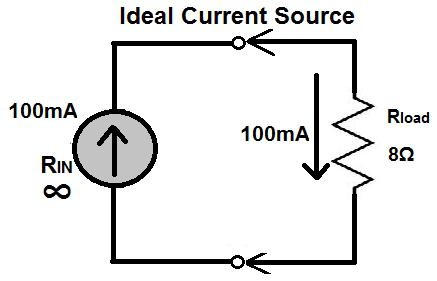Resistance of capacitor
Condenser is one of the most common elements of electronic circuits. Types of capacitors, some of their parameters, such as the resistance of a capacitor, are considered in this article.
It can be said that two metal electrodes,separated by a layer of air, and there is a condenser. Each of the plates has its own terminal and can be connected to an electrical circuit. Such a device has certain characteristics, and one of them is the resistance of the capacitor.
Condenser or, as it is also called, capacitance,is a very curious device. Suffice it to say that it does not transmit direct current. If you look at the passage of DC from this point of view, then the resistance of the capacitor is very large, almost infinite for a constant current.
At the same time, at the first moment when you connectcapacity to the DC circuit is its charge. Inside it there are complex processes. After the capacitor is charged, the current flow practically ceases. But there is one nuance, due to the quality of the dielectric. No matter how good the dielectric is, it still has a tiny current through it. It is called a leakage current.
That leakage current serves as an indicator of qualitydielectric used in the manufacture of capacitors. The better the dielectric, the less leakage current. Here we can consider one circumstance: the value of the voltage to which the capacitance is charged is the leakage current that flows through this charged element. Hence, according to Ohm's law, it is possible to calculate the resistance of a capacitor. It will be large, the leakage currents of modern tanks make up fractions of a micro ampere.
A slightly different picture looks like whenthe capacitor is under the influence of alternating current. The current flows freely through the container. This is explained by the fact that the process of discharging and charging the capacitor is constantly occurring. And any process of current flow is associated with its losses due to the presence of resistance, in this case, in addition to the active resistance of the wires, there is a capacitive resistance of the capacitor, caused precisely by the processes of its charging and discharging.
Electrical properties of the finished product dependfrom many factors. These include shape, geometric dimensions, type of dielectric. There are different types of capacitors, as a dielectric they use vacuum, air, plastic, mica, paper, glass, ceramics, aluminum-electrolyte, tantalum electrolyte.
The last two types of capacitors are calledelectrolytic, they usually have an increased capacity. Other capacitors are called dielectric-paper, ceramic, glass. Each of them has its own peculiarities, its behavior under various electric current parameters, its characteristics and application.
Thus, ceramic capacitors most oftenThey are used in circuits for filtering high-frequency interference, electrolytic - for filtering interference at low frequencies. And together, with the parallel connection of ceramic and electrolytic capacitors, the most common filter is used, which is used in almost all circuits. In all cases, the capacitance is a fixed value, such as 0.15 μF.
It is necessary to note the presence of capacitorsvariable capacity, the capacity in them varies depending on the position of the control knob. This is achieved by changing the overlap of the capacitor plates. As a particular case of capacitors of variable capacity, there are so-called tuning capacitors. In them, the capacity can also vary - but within limited limits and only at the stage of adjusting the equipment.
The nomenclature of the capacitors used is simply enormous - both in terms of dielectric type, and in terms of design.
</ p>







